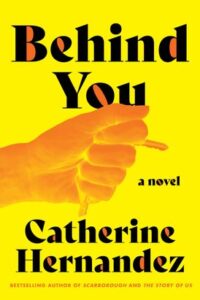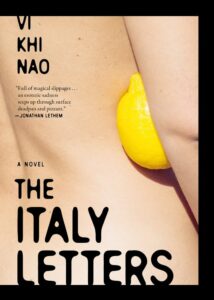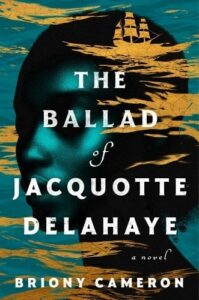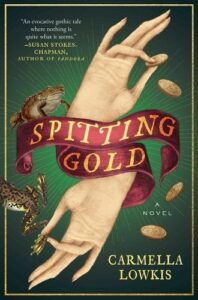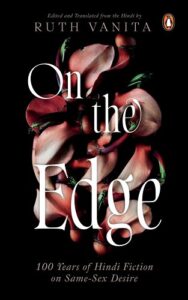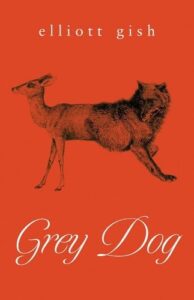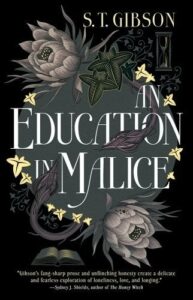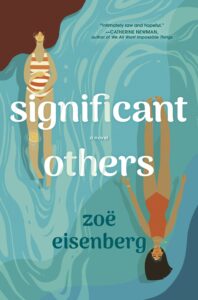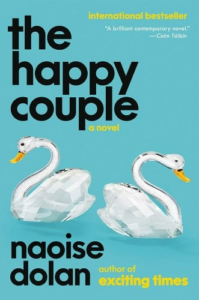In her new novel, Catherine Hernandez weaves gripping suspense and affecting emotion into a story of trauma, survival, and healing against the backdrop of one of Canada’s most terrifying historical events.
Behind You (HarperAvenue 2024) follows Alma, a Filipina woman working as an editor for a true crime series called Infamous, which features sketches of some of history’s most famous serial murderers in the twentieth century. Although trying to balance her relationship with her wife, her teenage son’s moods, and her own health, Alma seems to have a fulfilling life. However, as she edits the last episode of Infamous, a profile of the Scarborough Stalker who raped and killed women during Alma’s childhood in the 80s and 90s, everything left unsaid begins to broil to the surface in her life.
Soon, it becomes clear that many of Alma’s memories of a childhood spent fighting to be seen, heard, and understood against the backdrop of a manhunt for a dangerous predator are still unresolved. Moving back and forth across two timelines, we watch Alma as a little girl struggling to fit in and protect herself from dangerous characters close to home, and we watch the adult Alma try to cope with her memories and maintain her marriage and family life. Alma’s journey toward healing and safety is set against the backdrop of a dark chapter in Canada’s history and the wider implications of rape culture.
I have many of Catherine Hernandez’s novels on my shelves, and Behind You is by far my favourite. Immersed in social and cultural history, the novel is an effective time machine: placing the reader in another context altogether and creating an atmosphere of dread as the young Alma encounters events and crimes she does not understand even as she copes with danger and abuse in her own home. Although Behind You is a thriller, Alma is truly central to the story, and the novel strikes the right balance between suspense and sentimentality. Part of the fear that this novel inspires is due to the fact that we care about Alma so much—even knowing her as an adult, we want her to make it out of her terrible home life intact.
Secondary to the thriller element is Alma’s narrative of coming out and queer acceptance—which morphs into a story of queer joy—the universality of Alma’s queer experience as a young person is not only poignant but comforting. Her narrative is so believable, and it adds colour to a story that has been told and retold in popular media. Behind You explores the experiences of a young girl living on the periphery of a famous set of crimes and the way an atmosphere of danger and terror affects a person—coupled with a cavalier attitude towards crimes against women. Alma’s intensely critical perspective as an adult lends even more energy to her child-narrative, and the two timelines work in concert to create a scathing social critique I found refreshing.
I highly recommend Behind You as your summer thriller. Hernandez offers a new—and queer—take on crime fiction that will keep you reading until the very end.
Please add Behind You to your TBR on Goodreads and follow Catherine Hernandez on Instagram.
Rachel Friars received her PhD in English from Queen’s University in Ontario, Canada in 2024. Her current research centers on neo-Victorianism and lesbian literature and history. Her work has been published with journals such as Studies in the Novel, The Journal of Neo-Victorian Studies, Queer Studies in Media and Popular Culture, and The Palgrave Handbook of neo-Victorianism.
You can find Rachel on X @RachelMFriars or on Goodreads @Rachel Friars.

